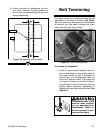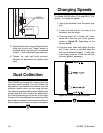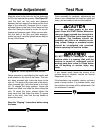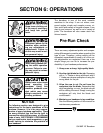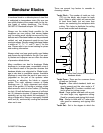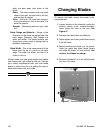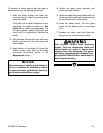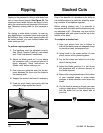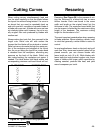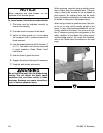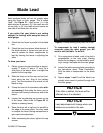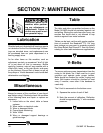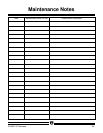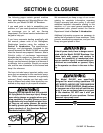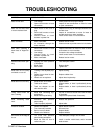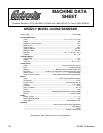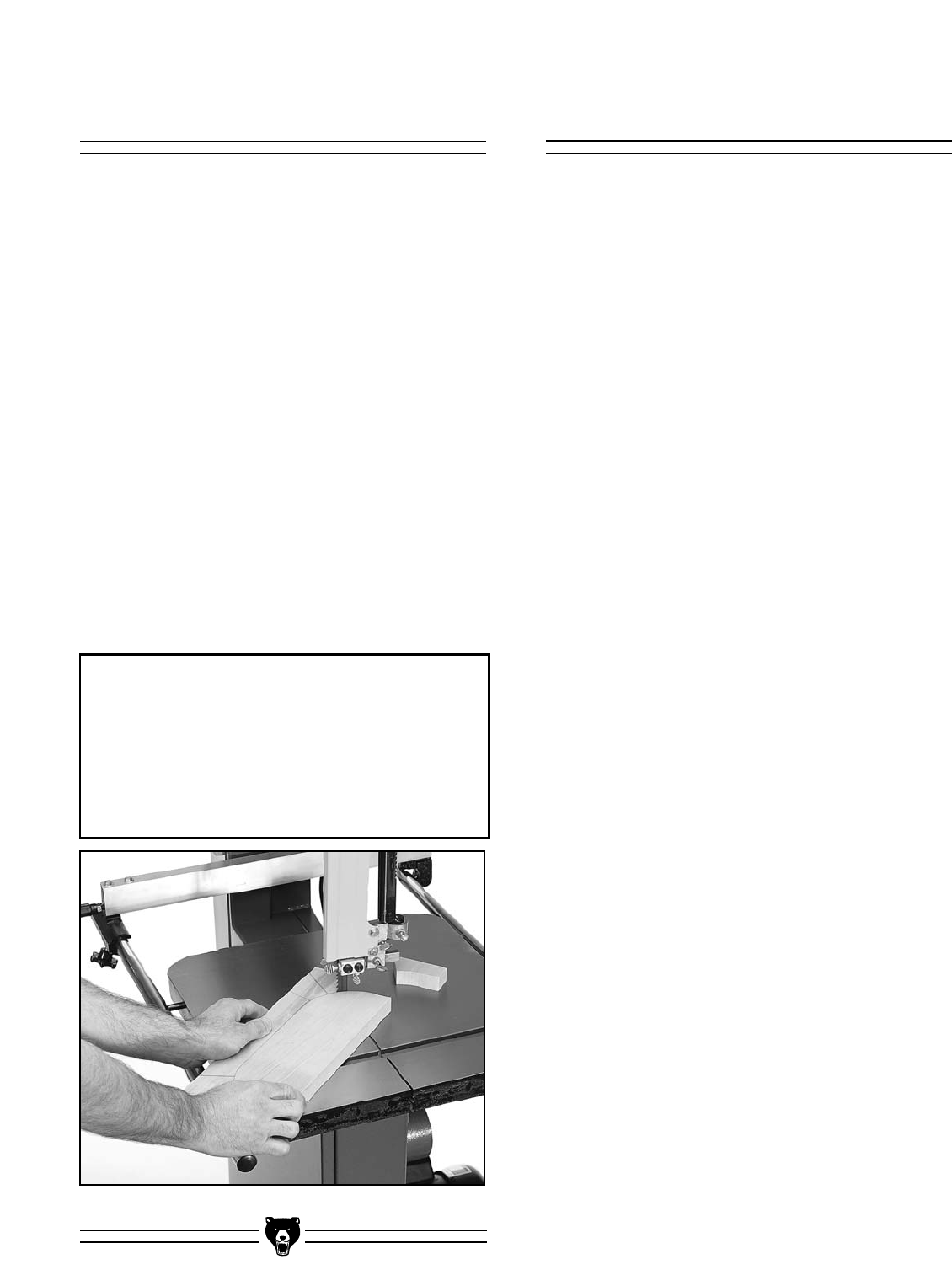
G4186Z 18" Bandsaw -29-
Cutting Curves
When cutting curves, simultaneously feed and
turn the stock carefully so that the blade follows
the layout line without being twisted. If a curve is
so abrupt that you need to repeatedly back up
and cut a new kerf, use either a narrower blade or
a blade with more set. A blade with more set can
cut relatively tighter radii; however, the cut is usu-
ally rougher than cuts produced by blades with
medium set.
Always make short cuts first, then proceed to the
longer cuts. Relief cuts will also reduce the
chance that the blade will be pinched or twisted.
Relief cuts are cuts made through the waste por-
tion of the workpiece and stopped at the layout
line. As you cut along the layout line, waste wood
is released from the workpiece, alleviating any
pressure on the back of the blade. Relief cuts
also make backing the workpiece out easier, if
needed. The table below lists blade widths and
corresponding minimum radii each blade will cut.
BLADE WIDTH
1
/
8"
3
/
16"
1
/4"
3
/8"
1
/2"
5
/
8"
3
/
4"
MINIMUM RADII
3
/
16"
5
/
16"
5
/8"
1
1
/2"
2
1
/2"
4"
5
1
/2"
Figure 29. Typical curve cutting operation.
Resawing
Resawing (See Figure 30) is the process of cut-
ting the thickness of a board into two or more
thinner boards. Each new board is the same
width and length as the original board, but the
thickness is less. The maximum board width that
can be resawn is limited by the maximum cutting
height of the bandsaw. The maximum cutting
height for this bandsaw is 9
3
/8
".
The most important consideration when resawing
is blade selection. When selecting a blade, keep
in mind that generally a wider blade is easier to
control.
In most applications a hook or skip tooth style will
work fine. Also, since most resawn lumber will be
planed smooth, you can choose blades with
fewer teeth per inch (3 to 6). While blades with
fewer teeth per inch produce rougher cuts, these
types of blades offer larger gullet capacities for
clearing sawdust, produce less heat, and yield
more horsepower per tooth.



